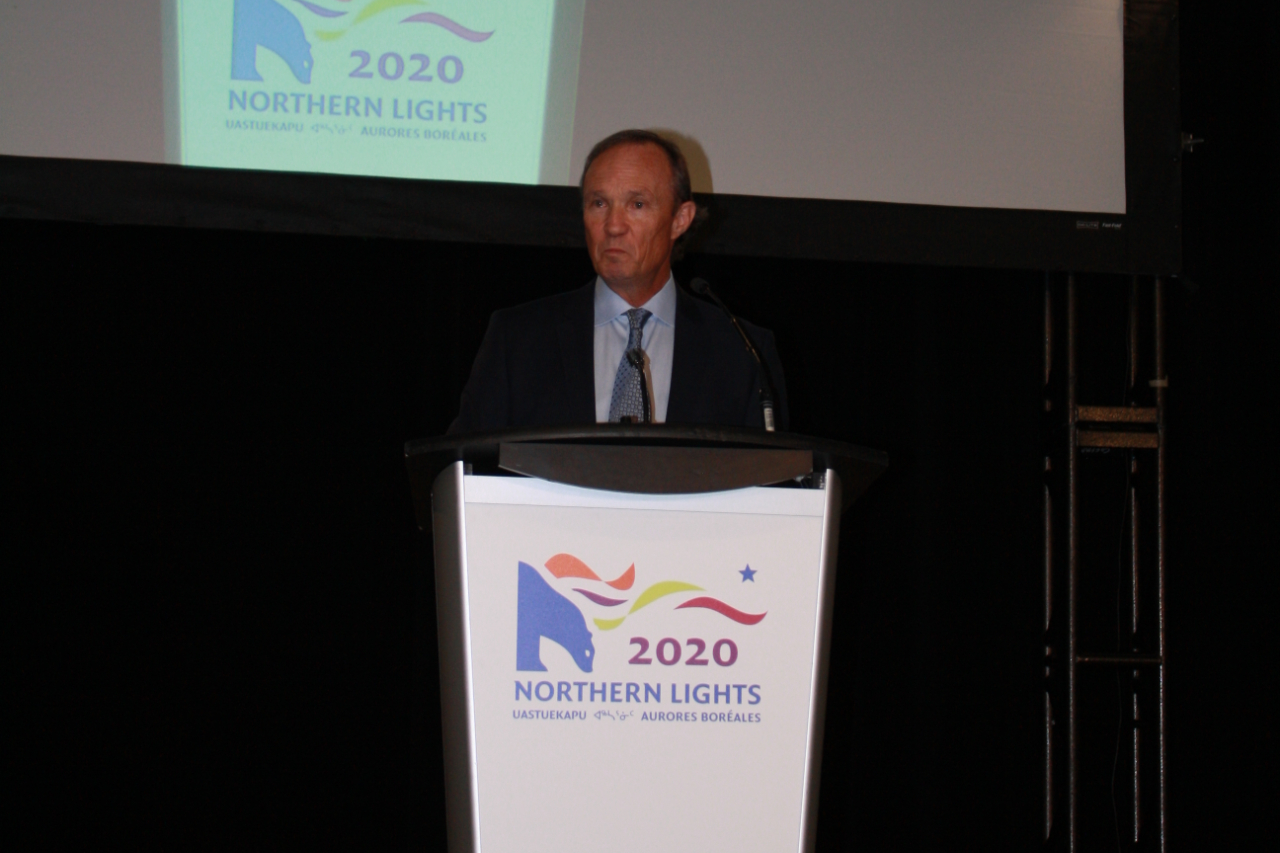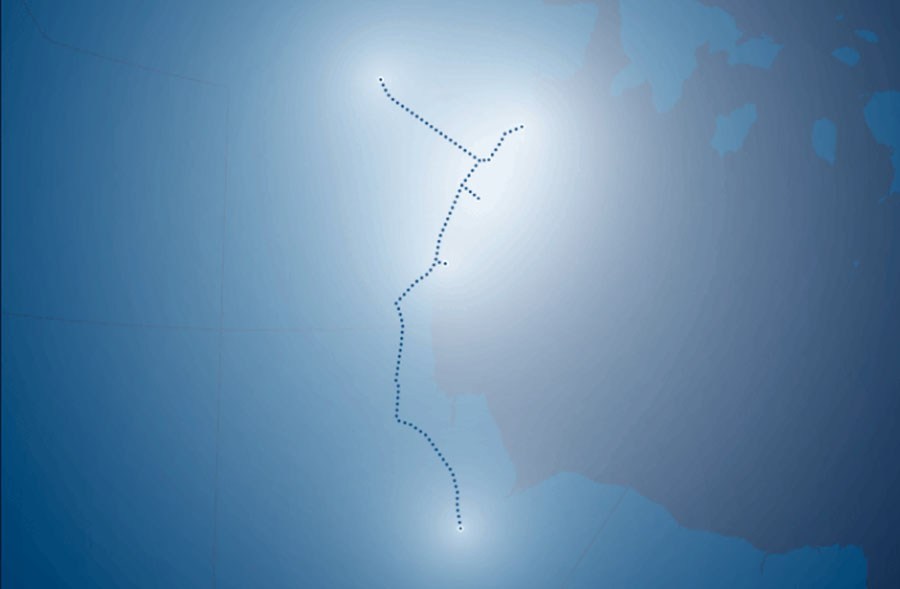Agnico Eagle CEO urges Canada to back Arctic connection project
Sean Boyd praised the plan for a power and fiber optic link between Manitoba and Nunavut's Kivalliq region — including some of his company's mines.

OTTAWA — Canada’s government should fund initiatives like a proposed C$1.6 billion ($1.2 billion) project that would provide power and fiber optics to the country’s remote north and spur new business, said a gold mining executive on Thursday. Canada’s Infrastructure Bank on Wednesday signed a memorandum of understanding to assess the project, which needs federal investment to get built and would run to Nunavut from Manitoba. “This has to be looked at as nation building,” said Agnico Eagle CEO Sean Boyd in an interview. Agnico, Canada’s largest gold producer, runs three gold mines in the Kivalliq region and is Nunavut’s largest private employer. “A big part of that funding has to come from the federal government to not only build the power line to benefit the current communities, but to look at it as a way to finally open up an area which has tremendous potential,” he said.

Nunavut is a vast region — the size of Mexico — with a population of 36,000 mostly Inuit that separated officially from the Northwest Territories 20 years ago. Though rich with mineral deposits, it suffers from a dire lack of infrastructure and nearly all electricity is produced by diesel generators. Electricity production for the territory consumes 55 million liters (15 million gallons) of diesel each year, and Agnico Eagle’s Nunavut sites require 80 million liters (21 million gallons). “As we’re considering major projects and as we make new discoveries in the north, which we believe will be there, we need a cost structure that allows you to build those into meaningful businesses,” Boyd said. The proposed hydroelectric and fiber optic cables would supply five communities and two Agnico mines, Northern Affairs Minister Daniel Vandal said on Wednesday, saying the government “is proud to support” collaboration in the project. With little political clout, Canada’s far northern territories have struggled to attract the federal infrastructure investment needed to make them more economically productive.